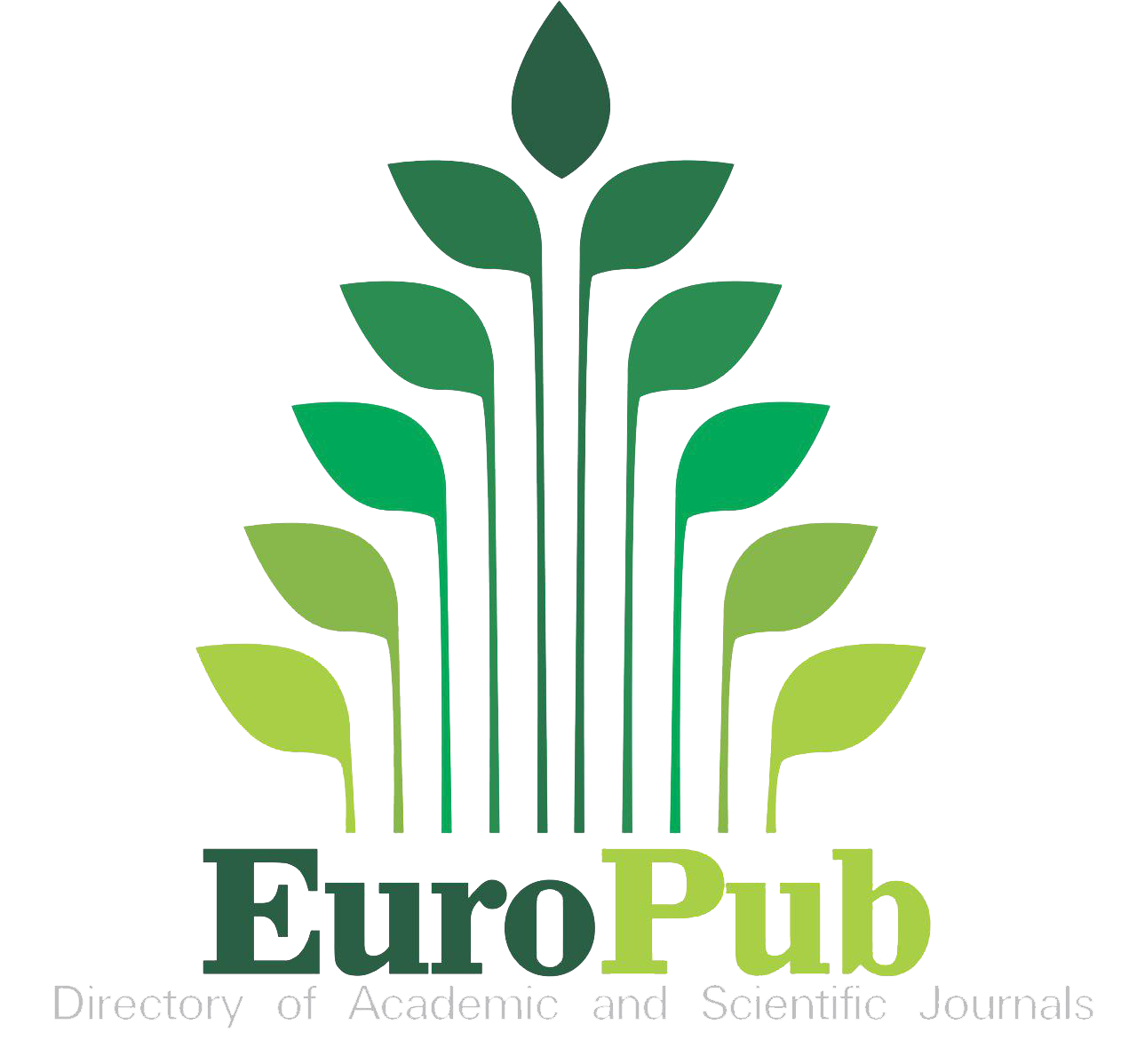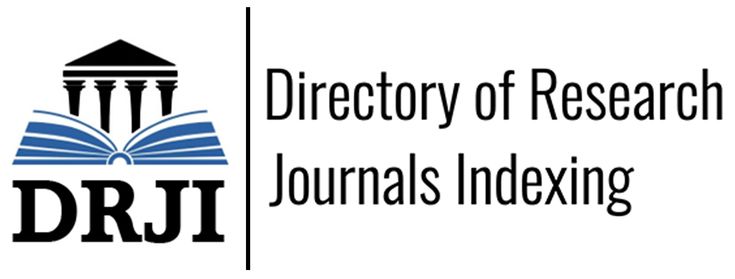Students translation habituation in learning
DOI:
https://doi.org/10.56724/etude.v2i1.110Keywords:
translation habituation, assignments, learningAbstract
Background: Information accessed by students does not rule out the possibility of a number of local and foreign languages. Students optimize the use of smartphones by scanning certain pages in foreign books.
Purpose: this study aims to reveal the phenomena that encourage changes in students' translation habituation in learning.
Design and methods: This research was conducted using a descriptive analysis method, by conducting a survey of undergraduate students at 6 campuses. The data in this study were in the form of a questionnaire and a number of documents from journals and books. The valid data are then analysed to draw generalizations.
Results: This study reveals the habituation of using machine translators that are commonly used by students. This translation habituation has two sides, 1) lecture assignments that require information or those that are required to use English can be carried out and 2) students lack information due to lack of understanding of knowledge about the quality of translation.
Downloads
References
Al-Ayubi, M. S. (2017). PEMANFAATAN GOOGLE TRANSLATOR SEBAGAI MEDIA PEMBELAJARAN PADA TERJEMAHAN TEKS BERITA ASING. Jurnal Teknodik, 155. https://doi.org/10.32550/teknodik.v21i2.225
Alam, A. (2020). GOOGLE TRANSLATE SEBAGAI ALTERNATIF MEDIA PENERJEMAHAN TEKS BAHASA ASING KE DALAM BAHASA INDONESIA. Instruksional, 1(2), 159. https://doi.org/10.24853/instruksional.1.2.159-163
Gunawan, I. G. D., Suda, I. K., & Primayana, K. H. (2020). Webinar sebagai Sumber Belajar di Tengah Pandemi COVID-19. Purwadita: Jurnal Agama Dan Budaya, 4(2), 127–132.
Hadiapurwa, A., Novian, R. M., & Harahap, N. (2021). Pemanfaatan Perpustakaan Digital Sebagai Sumber Belajar Elektronik Pada Masa Pandemi COVID-19 Di Tingkat SMA. Jurnal Penelitian Pendidikan, 21(2), 36–48. https://doi.org/10.17509/jpp.v21i2.38526
Husin, H., & Hatmiati, H. (2018). BUDAYA DALAM PENERJEMAHAN BAHASA. Al Mi’yar: Jurnal Ilmiah Pembelajaran Bahasa Arab Dan Kebahasaaraban, 1(2), 39–52. https://doi.org/10.35931/am.v1i2.43
Jarob, Y., Sujaini, H., & Safriadi, N. (2016). Uji Akurasi Penerjemahan Bahasa Indonesia – Dayak Taman Dengan Penandaan Kata Dasar Dan Imbuhan. Jurnal Edukasi Dan Penelitian Informatika (JEPIN), 2(2). https://doi.org/10.26418/jp.v2i2.16520
Lee, S.-M. (2020). The impact of using machine translation on EFL students’ writing. Computer Assisted Language Learning, 33(3), 157–175. https://doi.org/10.1080/09588221.2018.1553186
Rudianto, G., & Oktavia, Y. (2021). TEORI DAN PRAKTEK EQUIVALENSI DALAM PENERJEMAHAN ENGLISH-INDONESIA. IdeBahasa, 3(1), 21–29. https://doi.org/10.37296/idebahasa.v3i1.51
Utami, F. T., & Zanah, M. (2021). Youtube Sebagai Sumber Informasi Bagi Peserta Didik di Masa Pandemi Covid-19. Jurnal Sinestesia, 11(1), 78–84. https://doi.org/10.53696/27219283.64
Downloads
Published
How to Cite
Issue
Section
License
Copyright (c) 2021 Arif Hidayat, Fachri Helmanto

This work is licensed under a Creative Commons Attribution 4.0 International License.
Authors who publish with this journal agree to Copyright notice.













